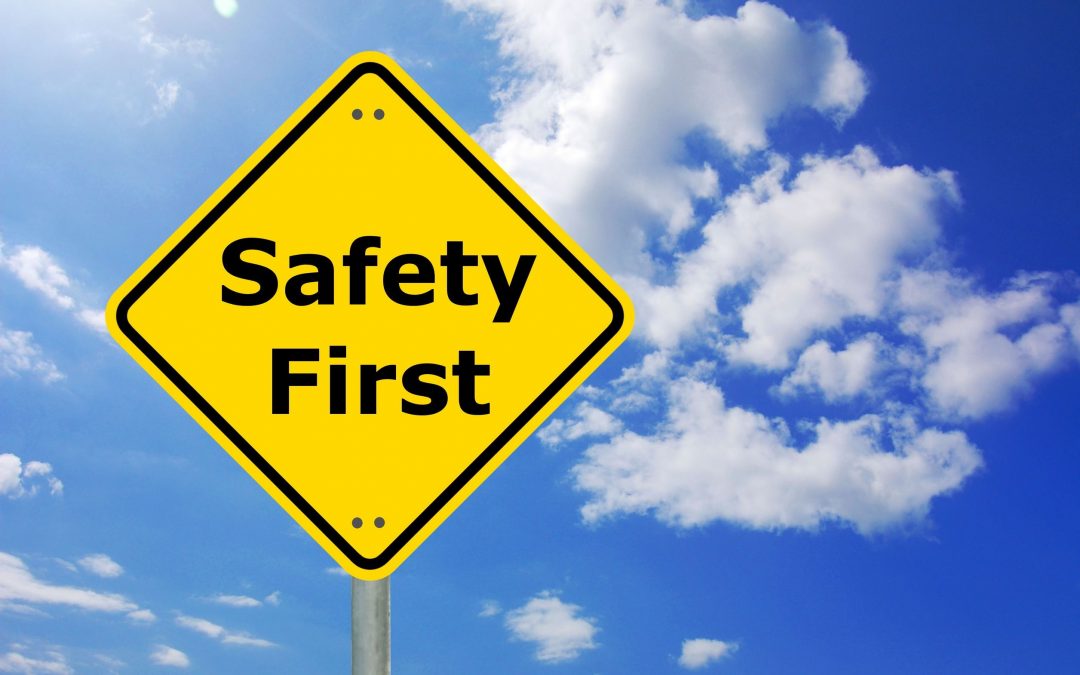The National Safety Council has named June National Safety Month. Each week of the month, NSC will be focusing on a specific safety topic, as will we at TSS. Check our website and social media weekly for information, blogs and posts related to these topics.
Weekly categories for 2019
- Hazard Recognition (Week of June 3)
- Slips, Trips and Falls (Week of June 10)
- Fatigue (Week of June 17)
- Alcohol, Marijuana and Opioid Impairment (Week of June 24)
WeeK I – Hazard Recognition Week
Hazards are everywhere. Though you might not view your workplace as particularly ‘hazardous,’ the dangers are there. You are probably just not seeing them. It is important to train yourself to spots hazards around you. Once you do, you can’t avoid seeing them and taking action to prevent them. The sooner you fix a problem that poses a risk to you and your coworkers, the better.
Spotting hazards is all about anticipation. Start to ask yourself, “If I take this action, what might happen?” This applies to everything from working with dangerous chemicals and manufacturing machines to simply walking through your worksite. Picture yourself walking around a corner with your hands full. When you ask, ‘What might happen?’ you can anticipate risks like someone else turning the corner at the same time. Then you can take simple steps – like taking a wider turn – and completely avoid the risk. Plenty of hazards will be much more serious, but this same way of thinking can help you spot and avoid them. Just be willing to speak up when you see them to keep your coworkers safe.
Hidden hazards
Look out for unseen/forgotten hazards Your workplace may have policies in place for major hazards, but many hidden issues can still put you at risk.
- Lighting – A burnt-out bulb can keep hazards in the shadows. Even if you’re not the one to fix it, report this hazard right away.
- Temperature – Plan ahead and dress appropriately for the temperatures you’ll experience on the job. Watch out for other possible hazards caused by temperature, like early morning dew on concrete.
- Air quality – Similar to temperature, make sure exhaust fans are running
- Overexertion – This is the number one cause of work-related injuries. Report stress or strain on your body from heavy lifting or repetitive motions and talk to your supervisor to be sure you are performing these actions safely.
See hazards at home
Ask yourself, what are the items in my home that I think are harmless but could pose a hazard in the wrong hands? Prescription opioids, cleaning supplies and other potentially harmful substances should be stored up and away and out of sight from children and pets. Rugs should be secured, and your walkways should be free of clutter.
If you see an issue, clean it up or fix it right away to keep your loved ones safe.
Visit tss-safety.com for more information and weekly updates throughout National Safety Month.

